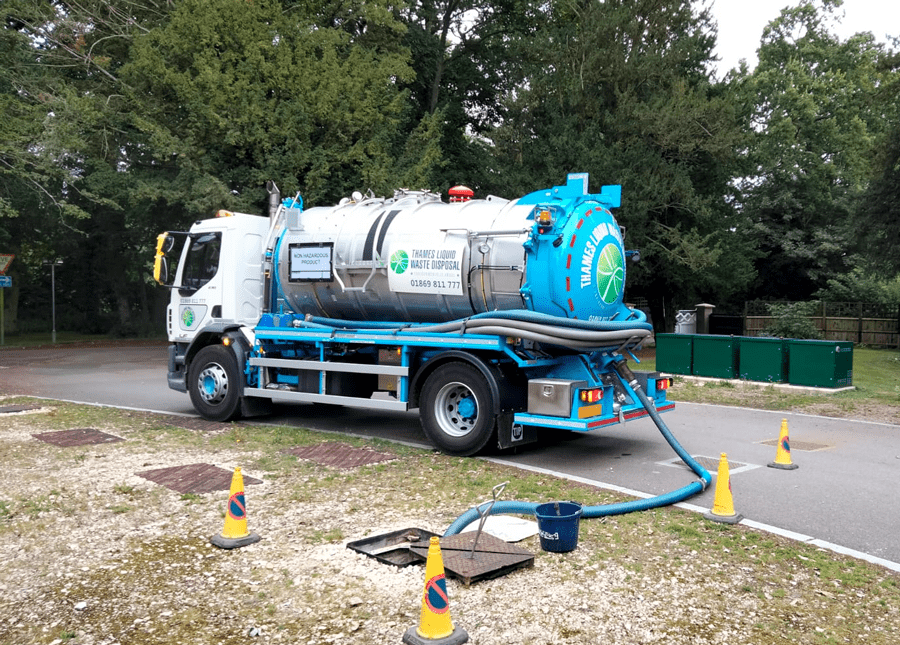The Reclaim Waste PDFs
The Reclaim Waste PDFs
Blog Article
The Single Strategy To Use For Reclaim Waste
Table of ContentsReclaim Waste - An OverviewThe Ultimate Guide To Reclaim WasteThe smart Trick of Reclaim Waste That Nobody is Talking AboutSome Known Incorrect Statements About Reclaim Waste The 10-Minute Rule for Reclaim Waste
Check out the types, events, and kinds of liquid waste. Domestic sewer waste describes the waste and products from a domestic septic tank. This kind of waste is produced by humans in residences, colleges, and other buildings. This only includes septic storage tanks that have a drain area. The correct monitoring and disposal of domestic sewer waste call for liquid waste to be transferred to a sewage treatment plant where the proper techniques and tools are put on detoxify and get rid of waste.
Industrial waste frequently consists of potential risks, such as flammable products or a mixture of liquid and strong waste items, and requires a more innovative and thorough disposal process. The disposal of commercial waste commonly entails the purification of waste prior to transportation to ensure risk-free and appropriate disposal. Industrial waste is developed from byproducts and runoff of commercial processes and production.
This kind of waste can not utilize the exact same sewage administration transport or processes as septic or commercial fluids. The industrial waste management process calls for the inspection and testing of liquid waste prior to it goes through the disposal procedure (liquid waste removal melbourne). Runoff waste is the fluid waste that comes from drainage and excess stormwater in highly booming locations or cities
Overflow waste can cause contamination and flooding if not handled properly. Find out more concerning drain cleaning and waste administration. Ensuring proper waste administration can prevent catastrophes and lower environmental damage. Both people in domestic setups and professionals in industrial or production industries can gain from comprehending the processes and regulations of fluid waste administration.
The Reclaim Waste Ideas
Call PROS Solutions today to find out about our waste administration and disposal services and the correct methods to care for the fluid waste you produce.
(https://medium.com/@leonaube33101/about)
Do you know what happens to your water when you disengage, flush the toilet or drain pipes the cleaning machine? No? Well, it deserves knowing. This so-called 'wastewater' is not just a vital resource but, after therapy, will certainly be released to our land, waterways or the sea. Used water from toilets, showers, bathrooms, kitchen sinks, laundries and commercial processes is called wastewater.

water made use of to cool down machinery or clean plant and devices). Stormwater, a form of wastewater, is overflow that flows from agricultural and city areas such as roof coverings, parks, gardens, roadways, courses and seamless gutters right into stormwater drains, after rainfall. Stormwater moves without treatment straight to local creeks or rivers, ultimately getting to the ocean.
The 5-Minute Rule for Reclaim Waste
In Queensland, many wastewater is dealt with at sewage treatment plants. Wastewater is carried from residential or commercial sites with a system of sewers and pump stations, known as sewerage reticulation, to a sewer therapy plant.
The Department of Natural Resources encourages city governments about managing, operating and maintaining sewage systems and treatment plants. In unsewered locations, neighborhood governments may call for owners to mount private or house sewage treatment systems to deal with residential wastewater from bathrooms, kitchen areas, restrooms and laundries. The Department of Natural Resources authorises making use of family systems when they are confirmed to be efficient.
Most stormwater obtains no therapy. In some new subdivisions, therapy of some stormwater to eliminate trash, sand and gravel has actually begun utilizing gross pollutant traps. Wastewater therapy happens in four stages: Eliminates strong issue. Bigger solids, such as plastics and other items incorrectly released to drains, are eliminated when wastewater is travelled through screens.
Uses little living organisms knows as micro-organisms to damage down and get rid of remaining dissolved wastes and fine bits. Micro-organisms and wastes index are included in the sludge.
Our Reclaim Waste PDFs
Nutrient removal is not readily available in all sewer therapy plants due to the fact that it calls for pricey specialized tools. It is becoming much more typical in Queensland. Clear liquid effluent created after therapy might still have disease-causing micro-organisms. If this effluent is released right into waterways such as rivers or the sea, the micro-organisms will eventually pass away out.

This typically suggests wastewater has to be dealt with or impurities eliminated before it can be discharged to waterways. Most wastewater flows into the sewerage system. Under the Act, regional federal governments provide authorizations and permits for ecologically relevant activities (Ages) entailing wastewater launches that might have a neighborhood impact. The department administers authorizations and licences to Periods entailing wastewater releases that could have a regional or statewide impact.
Reclaim Waste for Dummies
Tracking provides accurate info concerning water top quality and can confirm that licence conditions are being met. The information obtained via monitoring provides the basis for making water quality decisions.
Report this page